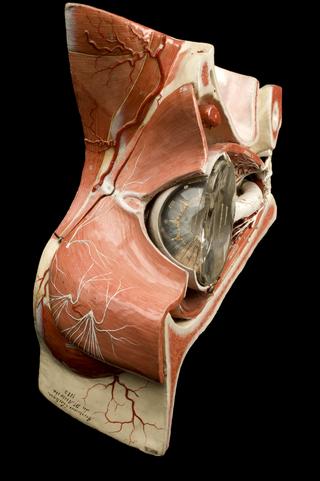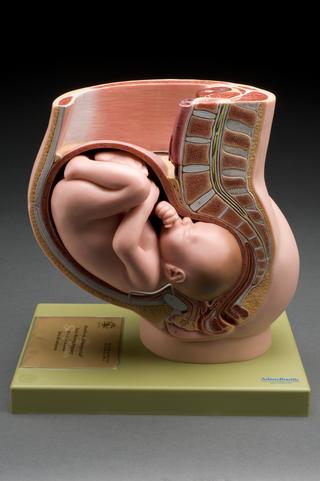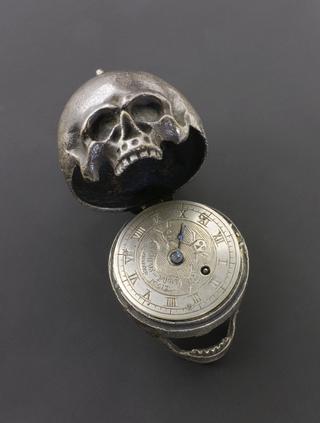








Ivory anatomical figure, male, muscles indicated on outside and internal organs removeable, probably 18th century
Mounted on a pedestal, this carved ivory anatomical model shows the muscles of the body highlighted in red. The chest lifts off to reveal the internal organs, which can be removed, including the liver, heart, lungs, intestines and the bladder. Ivory anatomical models were popular in the 1600s and 1700s and normally came in male and female pairs, where the female was almost always pregnant. The organs are not very detailed so it is unlikely that the model was used for medical teaching. The figures were possibly made to teach young couples about anatomy or it may have been a collector’s item.
Details
- Category:
- Anatomy & Pathology
- Collection:
- Sir Henry Wellcome's Museum Collection
- Object Number:
- A661164
- Materials:
- ivory
- type:
- anatomical figure
- credit:
- Schwarzschild, E.




